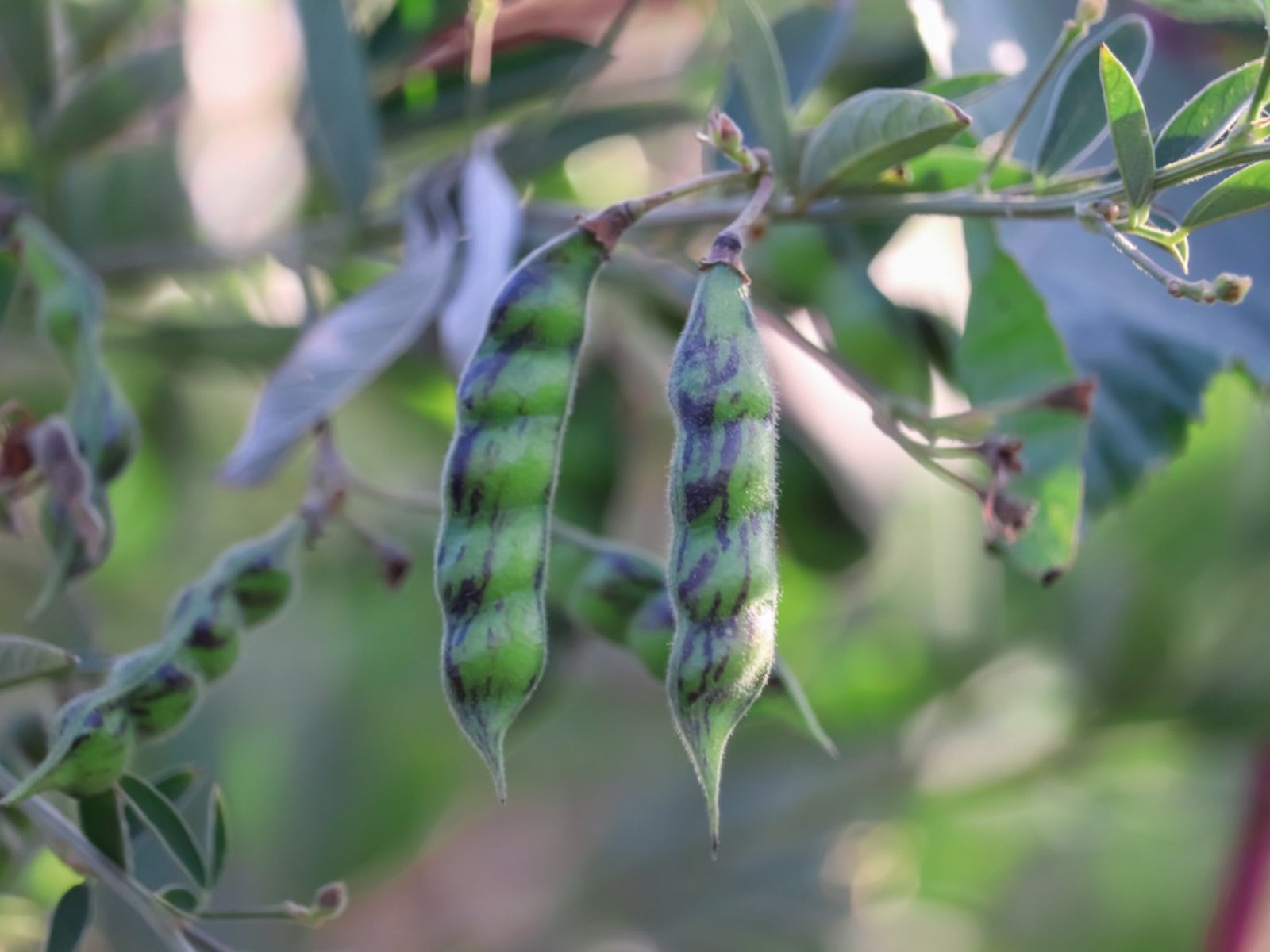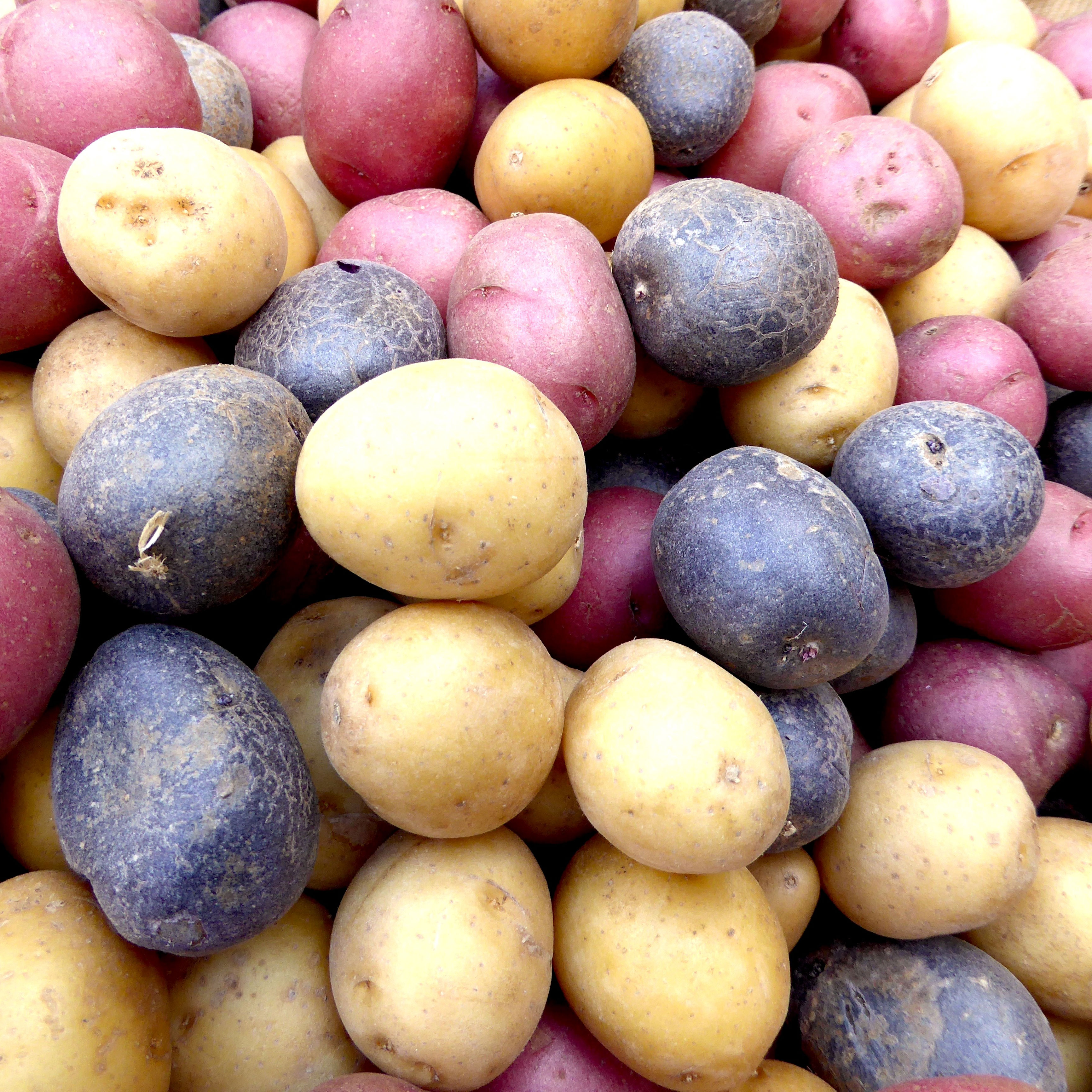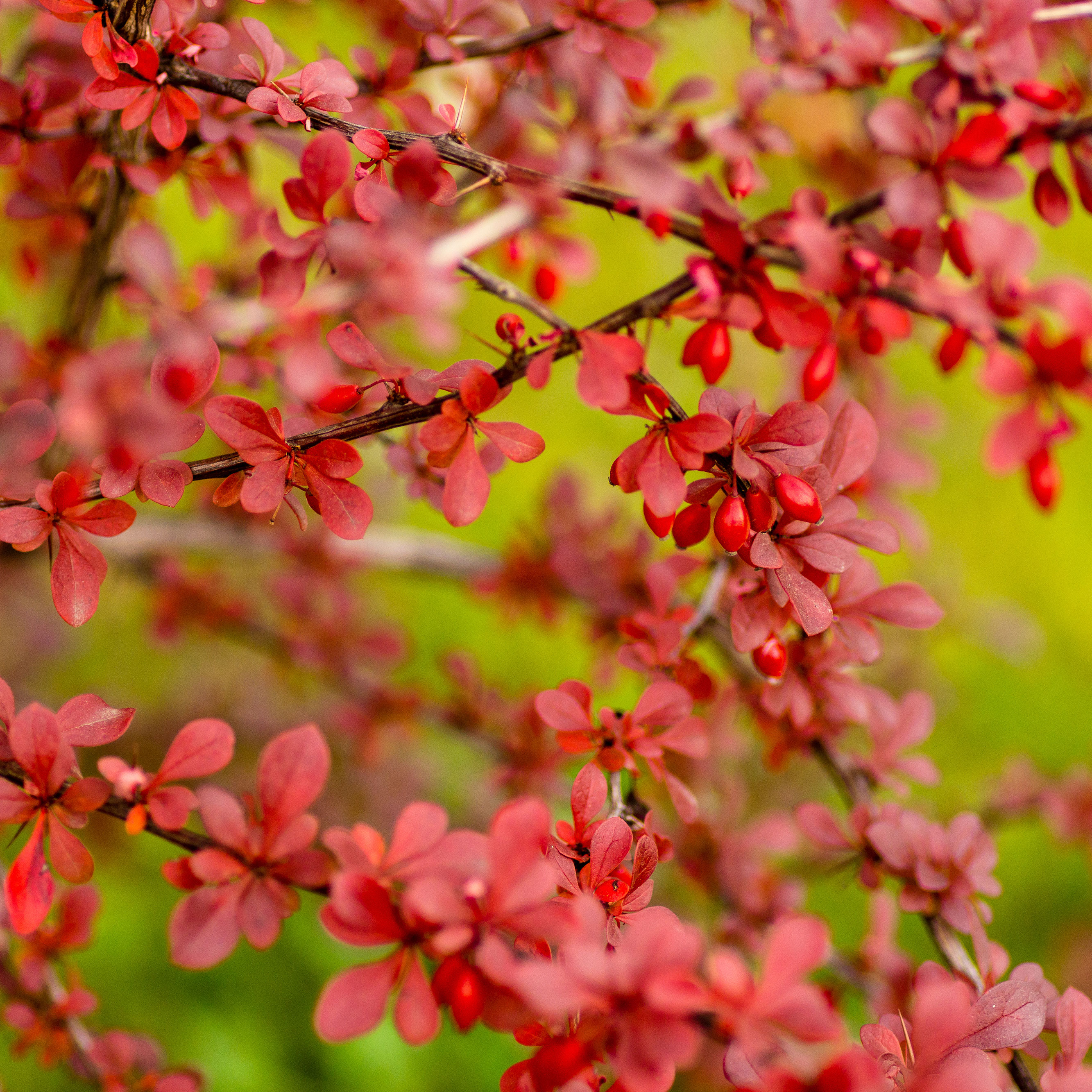Popular Legume Plants: What Are The Different Types Of Legumes


Beans and peas are two of our most common vegetables and provide an important source of vitamins and protein. They are classified, along with many other plants, as legumes. What is a legume? There are many types of legumes, most of which produce a pod that splits evenly in half. Legume cover crops are important nitrogen-fixing plants for soil health. This important legume info is crucial to gardeners and farmers where over planting depletes soil nutrients.
What is a Legume?
The family of legumes is Leguminosae. Legumes are found in most areas of the world and are fast growing and inexpensive food crops. Domesticated legume crops have been in human cultivation for more than 5,000 years. Legumes encompass a wide range of edible nuts and vegetables. There are also legume plants that are not edible but have many of the same benefits for soil health. Legume pods easily break into two equal hemispheres, but not all legumes produce pods. Some, such as clover and alfalfa, are edible forage for cattle and other herbivores.
Legume Info
Legume pods are high in protein and have a low glycemic index. They substitute for animal fats in vegetarian diets and have low fat properties. Legumes are also a rich source of fiber. As a result, both pod and forage legumes have been in human cultivation for centuries. Farmers have long known that legume plants improve soil conditions. The range of legume plant forms includes vine types to creeping groundcovers. All legumes are flowering and most have a flower that produces a thickened petal or keel that is formed by two petals that fuse together.
Legume Cover Crops
Beans and peas are not the only legumes. Legume cover crops may be alfalfa, red clover, fava, vetch, or cowpeas. They store nitrogen in nodules on the roots. The plant harvests nitrogen gas from the air and combines it with hydrogen. The process creates ammonia, which is converted by bacteria into nitrates, a usable form of nitrogen. Once the plants are tilled into the soil, they release the nitrogen into the earth as they compost. This improves the soil and provides supplemental nitrogen that was removed by other plant's growth. Legume cover crops are valuable for the home gardener as well as the farmer. They also help prevent soil erosion and provide food for wildlife.
Types of Legumes
The most popular legume plants are peas and beans. Pole or bush beans provide long slender pods, while peas may be shell or edible pods. Stringless varieties of beans are easier to eat and snow or sugar peas have such soft shells that the entire pea is delicious eaten whole. Some beans are meant to be shelled and the small ovaries inside dried. These are kidney, cranberry, and black beans, among others. Outside of these popular legume plants, there are also other types of legumes. There are 18,000 species of plants in the family. The tipu tree, Moreton Bay chestnut, Acacia, and Albizia are all forms of legumes from around the globe. Even the common peanut is a member of the legume family.
Gardening tips, videos, info and more delivered right to your inbox!
Sign up for the Gardening Know How newsletter today and receive a free copy of our e-book "How to Grow Delicious Tomatoes".

Bonnie Grant is a professional landscaper with a Certification in Urban Gardening. She has been gardening and writing for 15 years. A former professional chef, she has a passion for edible landscaping.
-
 Tuck Into Tasty Homegrown Heritage Spud Varieties: 7 Of The Best Heirloom Potatoes
Tuck Into Tasty Homegrown Heritage Spud Varieties: 7 Of The Best Heirloom PotatoesDo you love your potatoes but fancy a little unique flavor? If you’re interested in taters with a heritage twist, here are some of the best heirloom potatoes to try
-
 Which Invasive Shrubs Should You Avoid Growing? Plus, Best Natives To Plant Instead
Which Invasive Shrubs Should You Avoid Growing? Plus, Best Natives To Plant InsteadCertain plants may look lovely but they can wreak havoc to local areas and native wildlife. Here are the key invasive shrubs to avoid – with recommendations on gorgeous native alternatives to try
-
 How Many Vegetables To Plant Per Person For A Year
How Many Vegetables To Plant Per Person For A YearGauging how much to plant in a vegetable garden can eliminate waste while still producing enough for your family. Click for more.
-
 13 Perennial Fruits And Vegetables You Only Have To Plant Once
13 Perennial Fruits And Vegetables You Only Have To Plant OnceLooking to set it and forget it? Find out which fruits and vegetables can be grown as perennials.
-
 11 Edible Plants For A Year-Round Garden In A Bucket
11 Edible Plants For A Year-Round Garden In A BucketWant to know how to grow food inside your house and which foods do best indoors? Click here to learn all about it.
-
 Frost Tolerance Of Vegetables From Least To Most Hardy
Frost Tolerance Of Vegetables From Least To Most HardyHow cold can vegetables tolerate? Knowing which veggies will survive frosts and freezes is essential for the success of your garden. Click here for more.
-
 Best Vegetables To Pickle Straight From The Garden
Best Vegetables To Pickle Straight From The GardenPickles aren’t limited to just cucumbers. Read on for tips on pickling your fresh veggies.
-
 Benefits Of Planting In Fall Vs. Spring Vegetable Plots
Benefits Of Planting In Fall Vs. Spring Vegetable PlotsLearn why some vegetables do better if you plant them in fall instead of spring.
-
 Interplanting Vegetables In The Fall Garden
Interplanting Vegetables In The Fall GardenLearn all about the benefits of interplanting vegetables for your fall garden.
-
 Best Vegetables For Growing In Perlite
Best Vegetables For Growing In PerlitePerlite is a natural growing medium that comes from super-heated volcanic glass. In some cases, it works better than soil. Read on for more info.